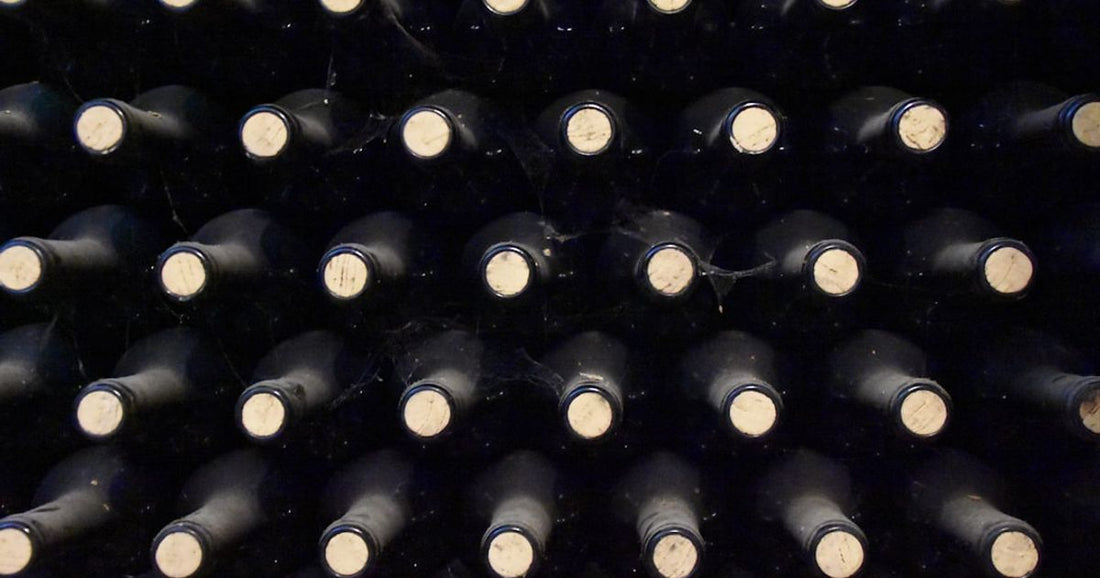
Correctly Handling and Serving Vintage Wines
Share
Vintage wines hold a special place in the hearts of wine lovers and collectors. They represent not just the essence of a vineyard's craftsmanship but also the history and tradition encapsulated within each bottle. Serving vintage wines is an art form that demands respect and knowledge, ensuring that each pour honors the wine's legacy and maximizes its potential for enjoyment. Whether you're hosting a formal dinner party or a casual gathering of friends, understanding the nuances of correctly handling and serving vintage wines can elevate the experience and leave a lasting impression on your guests. This guide will walk you through essential tips and practices to help you master the finesse of wine serving etiquette.
Key Takeaways
Before diving deep into the intricacies of handling and serving vintage wines, here are some key points to remember:
- The condition and temperature at which vintage wines are stored significantly affect their quality.
- Proper decanting techniques can enhance the wine's flavors and aromas, making the tasting experience more enjoyable.
- The choice of glassware plays a crucial role in the presentation and enjoyment of the wine.
- Understanding the etiquette of serving wine ensures a respectful and impressive presentation to your guests.
By keeping these key takeaways in mind, you'll be well-prepared to delve into the finer details of serving vintage wines with confidence and elegance.
Storing Vintage Wines Correctly
Optimal Conditions for Preservation
The way vintage wines are stored before serving plays a pivotal role in preserving their quality and enhancing their aging potential. Ideal storage conditions involve maintaining a consistent temperature between 55-58°F (13-14°C) and a humidity level of around 70%. These conditions prevent the cork from drying out and minimize the risk of oxidation, which can spoil the wine. Additionally, vintage wines should be stored horizontally to keep the cork moist, ensuring a tight seal that protects the wine from air exposure.
The Impact of Light and Vibration
Exposure to light, especially sunlight, can cause chemical reactions in the wine that degrade its quality. Ultraviolet (UV) rays can penetrate the bottle, leading to the development of unpleasant flavors and aromas. Similarly, vibrations from heavy traffic, appliances, or even frequent movement can disturb the sediment in vintage wines, potentially affecting their clarity and taste. Therefore, it's crucial to store vintage wines in a dark, vibration-free environment to safeguard their integrity.
Decanting Vintage Wines
The Purpose of Decanting
Decanting serves two main purposes: it separates the wine from any sediment that may have formed over time, and it aerates the wine, allowing it to breathe and fully express its aromas and flavors. For vintage wines, which often develop sediment as they age, careful decanting is essential. It ensures that the wine poured into the glass is clear and free of any particles that could detract from the tasting experience.
Decanting Techniques
To decant a vintage wine, start by carefully removing the bottle from storage, taking care not to disturb any sediment. Use a wine opener to gently remove the cork, then slowly pour the wine into a decanter, ideally holding a light source behind the neck of the bottle to observe the wine's clarity. When you notice sediment approaching the neck, stop pouring. This process may take patience, but it's crucial for preserving the wine's quality and ensuring a pleasurable tasting experience.
Selecting the Right Glassware
The Importance of Shape and Size
The choice of glassware is not merely a matter of aesthetics; it significantly influences the wine's presentation and the taster's experience. Different shapes and sizes of wine glasses are designed to accentuate the unique characteristics of various wine types. For vintage red wines, glasses with a larger bowl are preferable as they allow more surface area for the wine to interact with the air, enhancing its aroma and flavor. For vintage white wines, a slightly narrower glass helps to concentrate the aromatics, providing a more intense olfactory experience.
Glassware Quality
The quality of the glassware also matters. High-quality, thin-rimmed glasses made from crystal or fine glass can enhance the wine's perceived quality by offering a more delicate feel and a clearer view of the wine's color and consistency. Investing in good quality glassware is a worthwhile consideration for anyone serious about serving vintage wines correctly.
Serving Wine with Etiquette
The Right Serving Temperature
Serving vintage wines at the correct temperature is crucial for showcasing their best qualities. Generally, vintage red wines should be served slightly below room temperature, around 60-65°F (15-18°C), while vintage white wines and sparkling wines are best enjoyed chilled, between 45-50°F (7-10°C). Serving wine at the appropriate temperature can significantly enhance its aroma, flavor, and overall tasting experience.
The Order of Service
When serving multiple wines, it's essential to follow a proper order to ensure a harmonious progression of flavors. Start with lighter, younger wines before moving on to heavier, older ones. This allows the palate to adjust gradually, appreciating the complexity and depth of each wine without being overwhelmed. Additionally, serving sparkling wines or champagne before still wines can set a celebratory tone for the evening.
Conclusion
Serving vintage wines is an art that requires attention to detail, from the moment of storage to the final pour. By understanding and applying the principles of correct storage, decanting, glassware selection, and serving etiquette, you can ensure that each bottle of vintage wine is presented in its best light. Remember, the goal is to honor the wine's heritage and craftsmanship, creating an unforgettable experience for you and your guests. Whether you're a seasoned collector or a casual enthusiast, mastering these techniques will enhance your appreciation of vintage wines and elevate your hosting game to new heights.
For more insights into the world of wine, explore our articles on Storing Wine for Optimal Aging, Developing a Systematic Approach to Wine Tasting, Advanced Wine Tasting Techniques Explained, and The Role of Sommelier Education in Wine Service.



